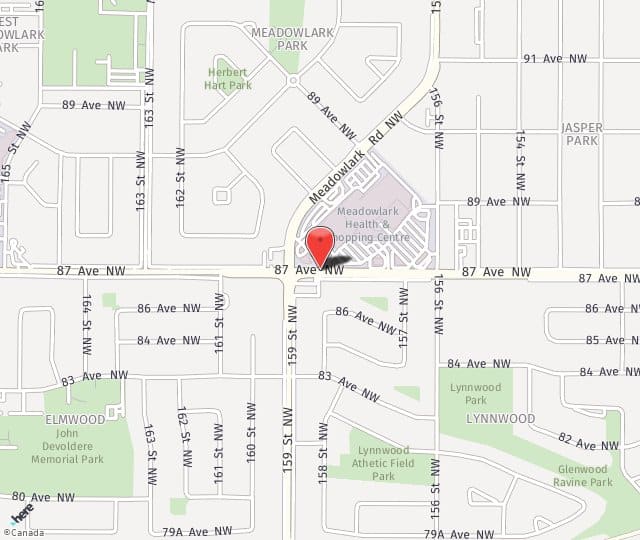Augmentation mammaplasty (breast enlargement) is performed to increase breast size and/or correct breast asymmetry. Candidates include women who want larger breasts and those who want to restore the breast volume often lost as a result of pregnancy or significant weight loss. Breasts can be enlarged with implants or by fat transplantation. Augmentation mammaplasty is not a substitute for mastopexy, which is a procedure to "lift" breasts that sag significantly.
Augmentation Mammaplasty With Implants
Silicone and saline are the two implant types most commonly used in augmentation mammaplasty. Silicone implants feel more like natural breasts than saline ones. Round, smooth, "gummy bear" silicone implants are most commonly used. Dr. Momtazi does not use textured silicone breast implants. If a silicone implant has an extracapsular rupture (a rupture to the outer capsule), silicone filler can leak into the body, possibly resulting in inflammatory nodules or enlarged lymph nodes. Silicone implants with extracapsular rupture should be removed. If a saline implant ruptures, the saline is naturally absorbed by the body.
Implants are placed behind each breast, underneath either breast tissue or the chest (pectoralis) muscle. The procedure is performed with general anesthesia. Incisions are typically made in the crease on the underside of the breast to minimize scar visibility. The breast is then lifted, creating a pocket into which the implant is inserted. The incisions are closed in layers using dissolvable sutures. The incisions are then dressed with steri strips, dry gauze and tape.
Advantages of implant placement behind the chest (pectoralis) muscle include a possible reduced risk of capsular contracture (hardening of scar tissue around implant) and less interference during mammograms. Disadvantages include possible breast animation (movement of the breast implant with chest muscle contraction) and possibly a longer recovery period. Advantages of implant placement beneath breast tissue include that the breasts move more naturally as the patient uses her chest muscles, and that slight breast sagging is corrected.
Recovery From Augmentation Mammaplasty
For a few days postsurgery, most patients feel tired and sore. Many can return to work within 1 to 2 weeks provided they are not lifting greater than 5 pounds. Exercise and other strenuous activity should be avoided for at least one month.
Sutures do not need to be removed and dissolve on their own over the course of weeks to months. Postoperative pain, swelling and sensitivity diminish during the first few weeks. Scars begin to fade within the first months and continue to improve and become less conspicuous over time. Scars can take 1 to 2 years to mature to their final appearance.
Risks Of Augmentation Mammaplasty
In addition to the risks associated with surgery and anesthesia, specific risks related to augmentation mammaplasty using implants include the following:
- Capsular contracture
- Implant leaks and ruptures
- Implant deflation or shifting
- Temporary or permanent change in nipple/breast sensation
- Irregularities in breast contour/shape
- Breast asymmetry
- Partial or total loss of nipple/areola
- Hypertrophic/pathological scarring

